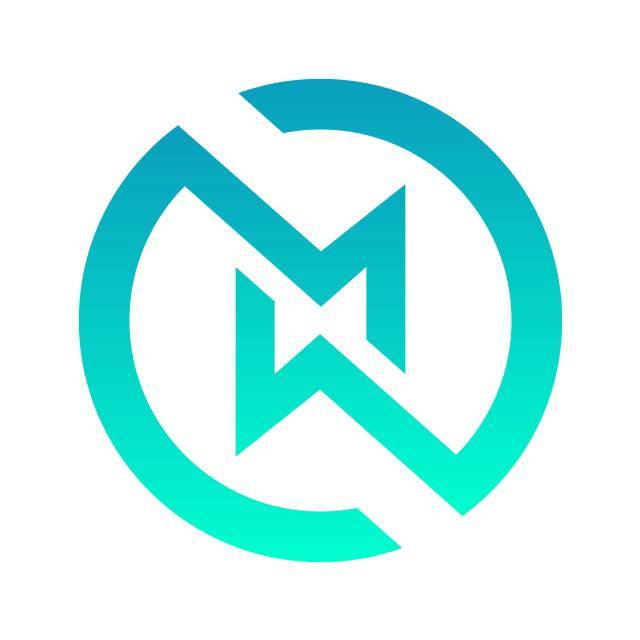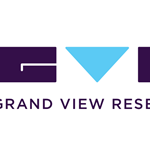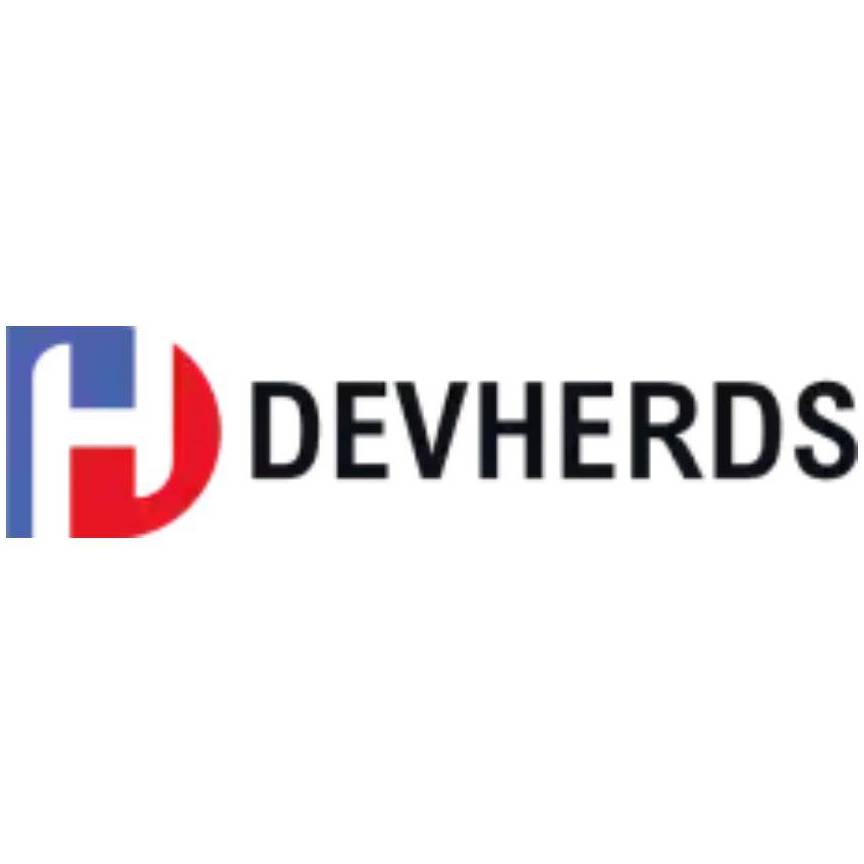The global drug screening market size was valued at USD 9.45 billion in 2024 and is projected to reach USD 11.99 billion by 2030, expanding at a CAGR of 4.1% from 2025 to 2030. Market growth is being driven by several key factors, including the rising prevalence of substance abuse worldwide, strict government regulations on drug testing, increased government funding for screening programs, and continuous technological advancements in testing methods. In addition, the growing demand for substance abuse testing across diverse sectors such as healthcare, workplaces, law enforcement, and sports organizations is fueling industry expansion, as the need for accurate and efficient detection tools continues to rise.
The level of innovation in the drug screening market is notably high, particularly with the development of sensitive laboratory-based testing methods and the introduction of wearable devices capable of real-time monitoring of drug use and metabolites. These innovations are significantly enhancing testing accuracy, accessibility, and speed. Among the emerging technologies, saliva-based testing is gaining considerable attention due to its non-invasive nature, ease of administration, and ability to provide rapid results. This approach is expected to increase the adoption of drug testing by making the process more user-friendly and efficient. To strengthen their competitive positions, many companies are engaging in mergers and acquisitions aimed at expanding product portfolios and enhancing technological capabilities. For example, in April 2022, Saladax Biomedical acquired the antipsychotic drug testing portfolio from Janssen Pharmaceutica NV, thereby broadening its intellectual property coverage across major antipsychotic drugs. This acquisition allows Saladax to expand into developing specialized tests for use in both hospital and point-of-care settings.
Despite strong growth potential, the market faces certain challenges. One of the most significant restraints is the stringent regulatory framework governing drug screening products. Regulations are especially strict in countries with large patient pools and high potential for industry growth, which often delays the launch of innovative products and raises overall development costs. Additionally, the market demonstrates a high level of end-user concentration, with a considerable portion of revenue being generated from a relatively small group of key customers, particularly in the workplace testing segment and healthcare institutions. This reliance on a limited customer base, combined with the dominance of a few major players and heavy dependence on government-funded programs, creates both risks and opportunities for stakeholders.
Key Market Trends & Insights:
- Regional Insights: North America dominated the global drug screening market, accounting for the largest revenue share of 38.8% in 2024. Within North America, the United States was the leading contributor, capturing the largest share of regional revenues in 2024 due to high demand for workplace testing, stringent regulatory requirements, and well-established healthcare infrastructure.
- By Product Type: The consumables segment held the largest revenue share at 34.5% in 2024, supported by the recurring demand for test kits, reagents, and disposables in both clinical and workplace testing settings. The services and others segment is projected to grow at a CAGR of 4.1% during the forecast period, driven by outsourcing laboratory services and increasing demand for specialized testing providers.
- By Sample Type: The urine samples segment dominated the market with a 41.3% revenue share in 2024, given its widespread acceptance, cost-effectiveness, and proven accuracy in detecting a wide range of substances. The oral fluid samples segment is expected to record a CAGR of 3.6%, supported by rising preference for non-invasive methods and the convenience of on-the-spot testing.
- By End Use: Drug treatment centers held the leading market position with a 26.2% share in 2024, as they represent the largest institutional users of drug screening products and services. The hospital segment is anticipated to grow at the fastest CAGR of 5.2% from 2025 to 2030, reflecting the increasing need for drug monitoring in clinical settings, emergency care, and patient treatment programs.
Order a free sample PDF of the Drug Screening Market Intelligence Study, published by Grand View Research.
Market Size & Forecast:
- 2024 Market Size: USD 9.45 Billion
- 2030 Projected Market Size: USD 11.99 Billion
- CAGR (2025-2030): 4.1%
- North America: Largest market in 2024
Key Companies & Market Share Insights:
The global drug screening market is characterized by the presence of several leading players that leverage their established customer bases and trusted reputations to strengthen market access. These companies prioritize maintaining high-quality standards, investing heavily in advanced technologies and infrastructure, and enhancing their capacity to efficiently process and analyze large volumes of samples. To further reinforce their market positions, many organizations adopt strategic partnerships, collaborations with distributors, and acquisitions that expand their product offerings and geographical presence.
- Siemens Healthineers – Provides a comprehensive portfolio of drug testing assays, including reagents for drugs of abuse screening, therapeutic drug monitoring, and specimen validity tests. The company’s wide global presence and advanced technological capabilities make it a leading provider in clinical diagnostics.
- Omega Laboratories, Inc. – Specializes in manufacturing and delivering advanced drug screening kits and laboratory services. Its offerings include FDA-cleared hair and oral fluid tests, as well as emerging breath-based testing technologies for cannabis detection. The company is recognized for its commitment to innovation and reliability in testing services.
Together, these companies and other players in the industry are expected to continue driving advancements in testing technology, improving detection accuracy, and expanding applications of drug screening in healthcare, workplace compliance, sports, and forensic sectors.
Explore Horizon Databook – The world's most expansive market intelligence platform developed by Grand View Research.
Conclusion:
The global drug screening market is set to experience steady growth, supported by rising substance abuse cases, stricter regulations, and increasing adoption of advanced testing technologies. The demand for efficient and accurate testing across healthcare, workplace, and sports sectors continues to drive market expansion. While stringent regulations and high end-user concentration pose challenges, innovations such as saliva-based and real-time monitoring devices are creating new opportunities. With strong contributions from North America and key players focusing on technology and strategic collaborations, the market is expected to maintain a positive trajectory through 2030.






